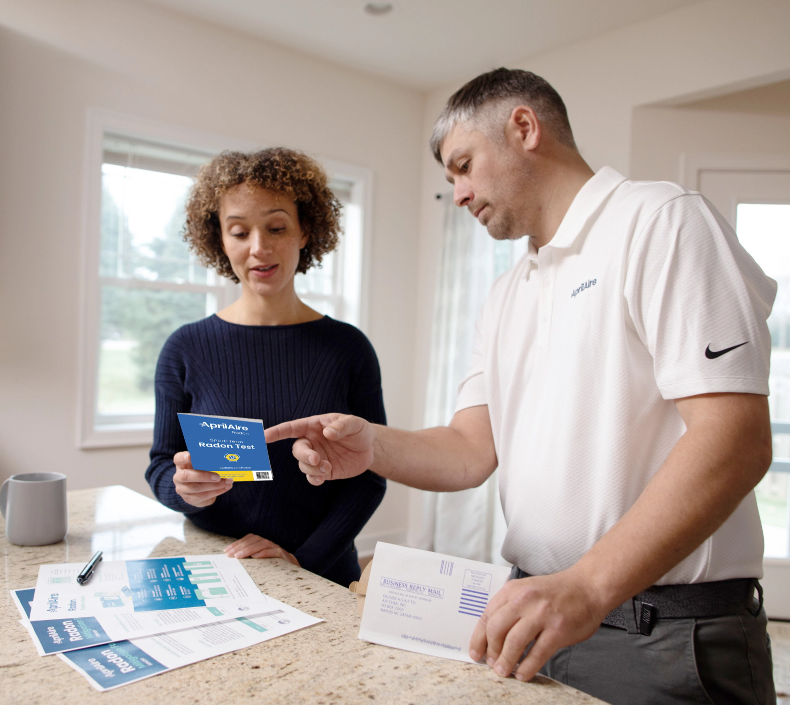What is the Pollen Count Today? Here’s a Look at Your Local Pollen Count
2 minute read
Do you suffer from pollen allergies in the spring and fall? It should come as no surprise that keeping an eye on pollen counts (whether local pollen counts or pollen counts by zip code) can help you assess your risk of allergy and asthma symptoms year-round.
Why Local Pollen Counts Matter to Allergy Sufferers
Like most other allergies, a pollen allergy is your body trying to protect you from a foreign substance. So, if you suffer from a pollen allergy, it’s important to keep an eye on local pollen counts to help gauge how severe your symptoms might be so you can take the necessary preventative steps toward relief.
What is the Pollen Count Today?
When assessing pollen counts by zip code, you may come across the term ‘Rotorod.’ A rotorod is a device that’s used to measure local pollen counts. Spinning at a high rate, a Rotorod collects particles from the atmosphere that can be analyzed and measured.
“The sampling device uses silicone grease-coated clear rods,” shares the American Council on Science and Health about Rotorods, “that test the air on a schedule over the course of 24 hours. The rods are then examined for the number of pollen grains covering the rod, or portions of it. This count can then be converted into ‘units of grains per cubic meter of air’ and help the general public identify low, moderate, or high risk.”
Who is in charge of assessing these results and sharing out local pollen counts? Well, there are currently no government trackers, only private pollen counting organizations. The American Academy of Allergy, Asthma, and Immunology notes that anyone can become a certified pollen counter. All you need to do is pass an exam to earn your certification.
As local pollen counts are not regulated, the majority of the counts available publicly only show trends, making them more prone to inaccuracy. But some information is better than none, we suppose!
Taking Action When Local Pollen Counts Rise
Being proactive is the best way to protect yourself from high local pollen counts in the spring and fall. Staying up-to-date and signing up for alerts from pollen.com can help you monitor pollen counts by zip code.
Regularly dusting, vacuuming, and cleaning your home, as well as making sure you shower at night to wash pollen out of your hair before getting in bed, can help protect your home and family from allergens that might be tracked in on clothes and shoes.
To rule out any underlying allergy and asthma concerns, check in with your doctor to confirm if pollen exposure is your only trigger.
For protection year-round, no matter your local pollen count, adding an AprilAire Whole-House Air Purifier to your home can help reduce the concentration of airborne contaminants and allergy triggers like dust, mold, and pollen in your air. Talk to an AprilAire Healthy Air Professional in your community to learn more about important whole-house Healthy Air solutions and how you can safeguard your home and family from Indoor Air Quality threats!


